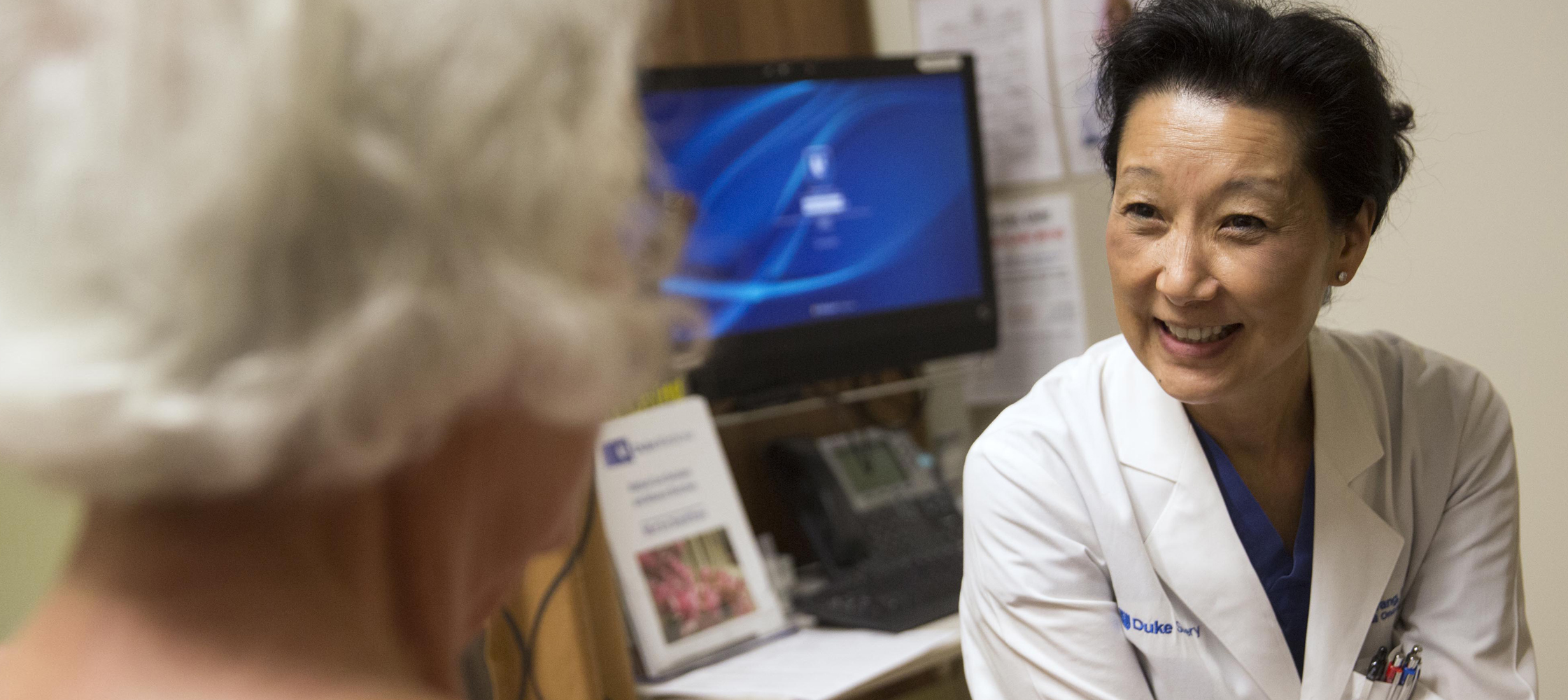Breast cancer is the most common cancer among women across the world. In the US, we will diagnose approximately 315,000 new cases in 2017 alone.
About one in five breast cancer cases will be found at the earliest stage, referred to as ductal carcinoma in situ (DCIS). DCIS is a non-invasive form of cancer where the cancer cells are contained within the milk ducts of the breast and have not yet spread to surrounding tissue or other parts of the body.
While advances in screening techniques allow for earlier detection at this non-invasive stage, we can’t yet predict how individual DCIS cases will progress. Ongoing studies preliminarily suggest that only 20%–30% of those with DCIS will develop invasive cancer. However, patients are typically presented with the same aggressive treatments used for invasive cases: radiation, lumpectomy, and even full mastectomy. While some may consider this a small price to pay for a cure, these potentially disfiguring procedures may not be beneficial to every patient’s overall health.
We spoke with Shelley Hwang, a member of the Summus physician network and Chief of Breast Surgery at the Duke Cancer Institute. Dr. Hwang is a leading voice calling for more conservative treatment of DCIS patients and was named to the 2016 TIME 100 for her pioneering research. She is currently conducting a national trial to evaluate outcomes for women diagnosed with “low-risk” DCIS who omit surgery, as compared to conventional treatments.
Jennifer Kherani: How did you come to advocate for less aggressive therapy for women diagnosed with DCIS? Is surgery avoidable for all DCIS patients?
Shelley Hwang: There is no single answer for all patients. Not every patient with DCIS should have the same treatment approach. The possibilities vary from simple observation and monitoring to lump removal, radiation, mastectomy, or even bilateral mastectomy. The issue is that we are very good at testing things and creating data, but we’re not so good at figuring out how this information can be best used to improve the patient’s health. For instance, we’ve increased regular screening for breast cancer, and, as a result, we’re finding more illness at an earlier stage. However, since we don’t yet know how or when these earlier cases will progress, we automatically default to the most aggressive form of treatment we have available. We’re good at explaining how aggressive therapy has historically translated to a cure in the patients who have come before them, but we struggle to explain to patients how much is still unknown, and how that might affect the options they consider.
JK: What do you think is the greatest downside risk to our current approach?
SH: Patients have their own biases about how to treat a dangerous and potentially devastating disease, yet we as physicians take an oath to “first, do no harm.” We must be careful to direct patients through their fears with appropriate understanding. If a woman desires bilateral mastectomy when she has been diagnosed with unilateral early-stage breast cancer, is that truly in her best interest? This is especially relevant when surgery to the healthy breast has not been shown to improve survival, as our research has helped to uncover. Such a procedure may, in fact, subject her to a different kind of risk and greater morbidity. As technology [such as early screening] improves, I fear we may fail to use that technology to our patients’ advantage if we don’t fully understand the information it is giving us.
JK: Genetic testing is becoming a significant component of cancer diagnosis, screening, and potentially treatment. Should we all be tested?
SH: You may feel great and be a healthy individual. Then, you get a commercially-available genetic test and subsequently convince yourself that you’ll one day have cancer. It does not necessarily change how and when you should and can get screening—all it does is fill your life with anxiety over something that may never come to fruition. We have over a trillion cells in our bodies, all of which have the ability to acquire mutations. Yet most of us do not get cancer because our bodies have an innate surveillance system. Genetic testing should not be done on everyone at any and every stage of their lives until they are able to more precisely quantify risk.
In other words, we need to wear educated blinders. Know what you’re going to do with the data before you seek it out. If it’s for sheer curiosity, think very hard before going through with it. If you have a family history or a known diagnosis in which treatment options could change based upon having that data, then there’s no need to hesitate. We’re living in an era where we are increasingly hungry for data and information. We think, the more we know, the better off we are. But this is not necessarily true, and, on the flip side, may cause unnecessary background noise that makes us worse off. We must focus on transforming this data into actual knowledge that will improve health.






